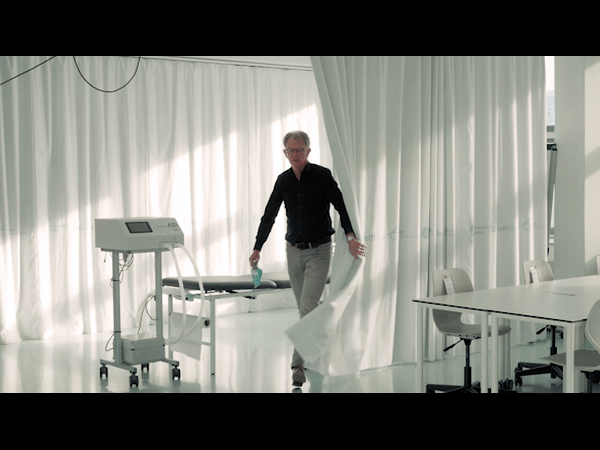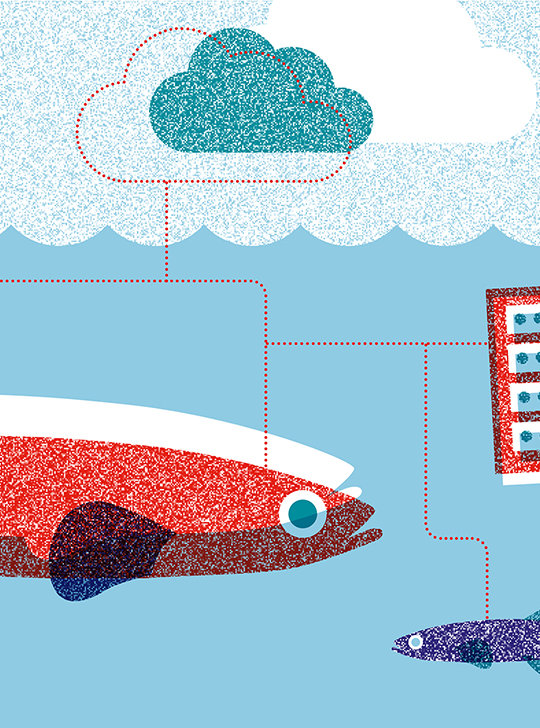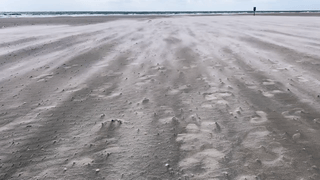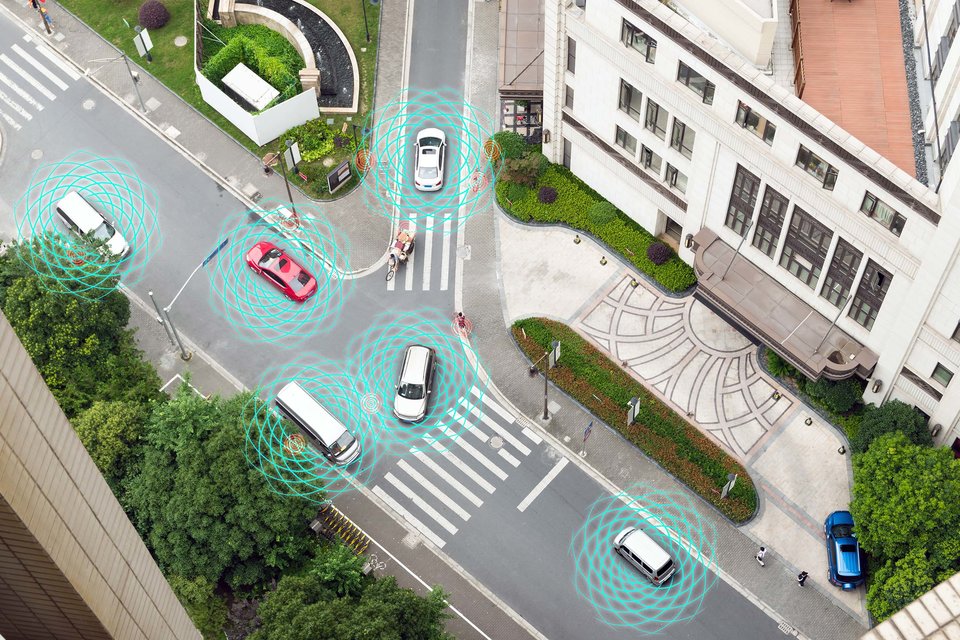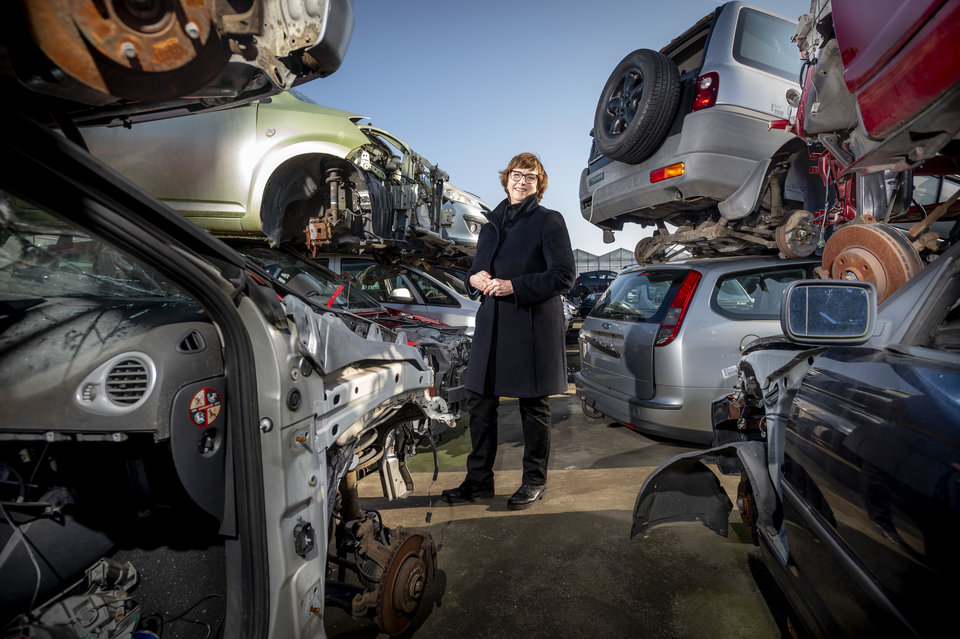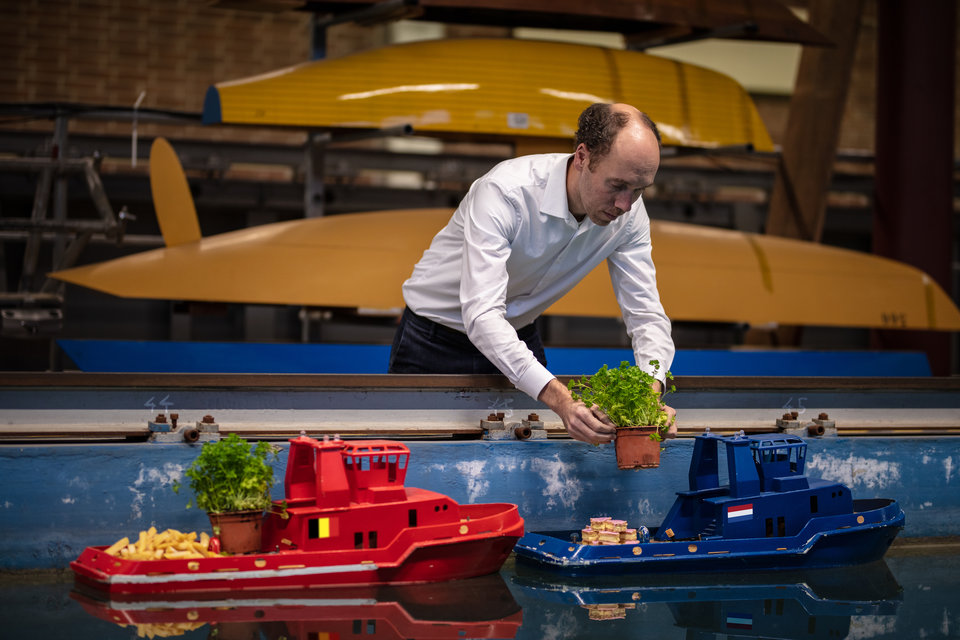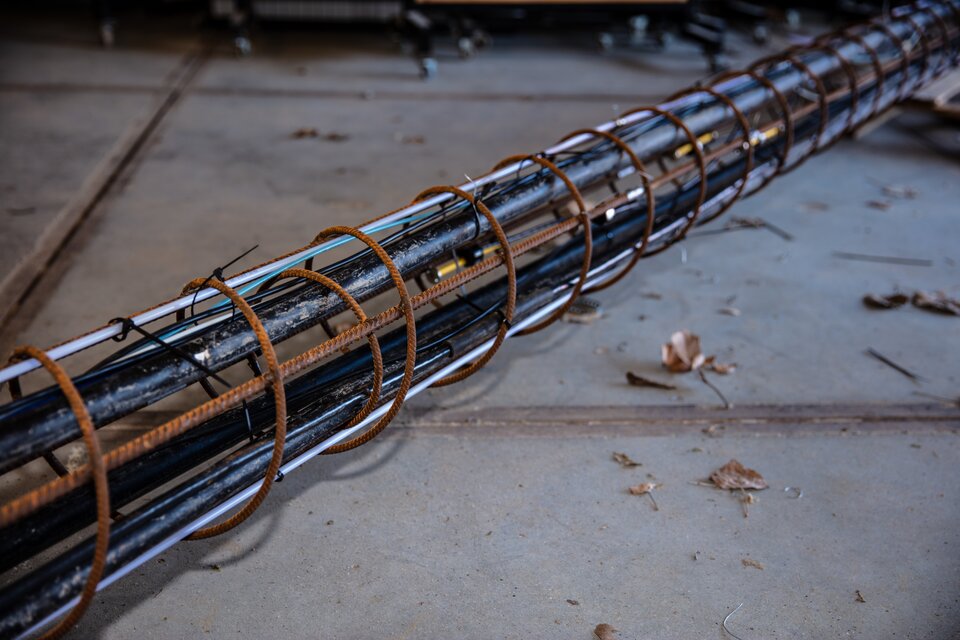Sometimes it helps to put a bit of distance between yourself and a problem you’re trying to solve. In the case of PhD candidate Adriaan van Natijne that distance is considerable: all the way to space. With the aid of satellite data, and multidisciplinary help, Van Natijne tries to gain a better understanding of landslides, model them and devise an early warning system so precautions can be taken before they strike.
They may be spectacular to watch but landslides can carry utter devastation in their wake. Thousands of people lose their lives each year because of landslides and the damage they cause runs into billions of euros. As the effects of climate change multiply, landslides are becoming an ever-growing danger. Increasing rainfall, for instance can add substantially to the instability of a slope. That is why it is vitally important to understand which processes and circumstances influence the occurrence of landslides. For his PhD project Van Natijne chose to research slope deformation. ‘Based on our models we can produce a detailed forecast of when a landslide is likely to accelerate and look for ways of preventing them, or limiting the damage,’ Van Natijne says.
Early interest
Van Natijne became a student of Applied Earth Sciences in 2010 but his interest in all things geophysical had started long before that. ‘During the holidays my parents took me to visit places like nuclear power plants, airplane factories and old mines. They were interested in this sort of thing and I began to share that interest. Halfway through my studies my now supervisor Roderik Lindenbergh introduced me to the field of Geostatics and Remote Sensing. I find it fascinating how we can watch the earth’s surface processes from space and use that knowledge to understand them better.’
Landslide research
The central question in Van Natijne’s research is whether it is possible to predict when slope movement will accelerate. For this he studies the Vögelsberg slope in the Austrian Alps. Van Natijne: ‘This mountain slope is slowly collapsing which means it is gradually making its way downward. One of the consequences is damage to homes. A factor which influences this process is the penetration of water into the soil which can destabilise the slope. That explains the involvement of my second supervisor Thom Boogaard, of the Water Management department. The study of landslides is multidisciplinary. Satellites can’t monitor ground water but we can follow slope movement and the amounts of rain and snow that fall on it.’
Satellite data
Van Natijne’s research involves the frequent use of satellites and other data collecting sensors, also known as remote sensing. ‘This technology generates very big datasets. Remote sensing also means you don’t have to climb the mountain yourself, and that’s a very big plus. On-site measurements are incredibly time consuming and very expensive, not to mention possibly dangerous. And sometimes the terrain is just completely inaccessible. Remote sensing enables us to describe huge parts swathes of the Earth’s surface, far beyond what we as humans could achieve. We use machine learning to turn the information we get from the satellite into models. Based on those we hope to be able to project future developments.’
Focus on slow slope movements
Van Natijne focuses in particular on deep-seated landslides which involve a very slow downward course. ‘These may look as if they present less of a hazard than the quick landslides but they are in fact very destructive and socially relevant. The gradual movements slowly rip apart homes, gas and water pipes and electricity cables, particularly when not all the parts of the slope move at the same rate. We must also bear in mind that a slow downward movement might be a precursor of a faster one. With the techniques we have now, we think we can uncover the relationships within a slow landslide, based first and foremost on measurements. Our biggest challenge is the signal-to-noise ratio: when is a satellite signal too distorted to form part of a reliable forecast?
Blind spots
Another challenge when monitoring landslides is that not all slopes are completely visible to the satellite. Van Natijne: ‘Some 10 percent of slope movements worldwide remain unseen. A satellite can only capture movements that go in a single direction. Slopes that move southward, in particular are in a blind spot. We need to find a solution for that. Without deformation there is no way to link the environmental factors to the behaviour of the landslide. That’s not to say that being able to see what’s going on in 90 percent of the slopes is not a good score, of course.’
Other applications of remote sensing
Remote sensing is not only used to monitor landslides, Van Natijne stresses. ‘It’s a very useful tool in food production, for instance. It is important to have an early inkling of how the crops are doing to achieve a good harvest. And monitoring the rate of subsidence in bridges, buildings and housing is another very practical application. If you know what is happening early on you can intervene in time and, for instance, reinforce the homes. Another great use of remote sensing is made in CoastScan, a TU Delft dune research project.’
Nature based solutions
Van Natijne’s PhD project is part of H2020 OPERANDUM, an open air lab comprising several European universities and other knowledge institutions. Its central premise is the promotion of nature based solutions, Van Natijne says. ‘We focus on preventing natural disasters from taking place, or limiting the damage they can do, without throwing huge amounts of concrete at a problem. A green solution, not a grey one, in other words. This is where remote sensing, water management and ecology meet in a fantastic multidisciplinary way. In Scotland, for instance ecologists are looking at how plants can prevent a cliff from falling into the sea. That is a great example of how to use the forces of nature to solve a problem.'


